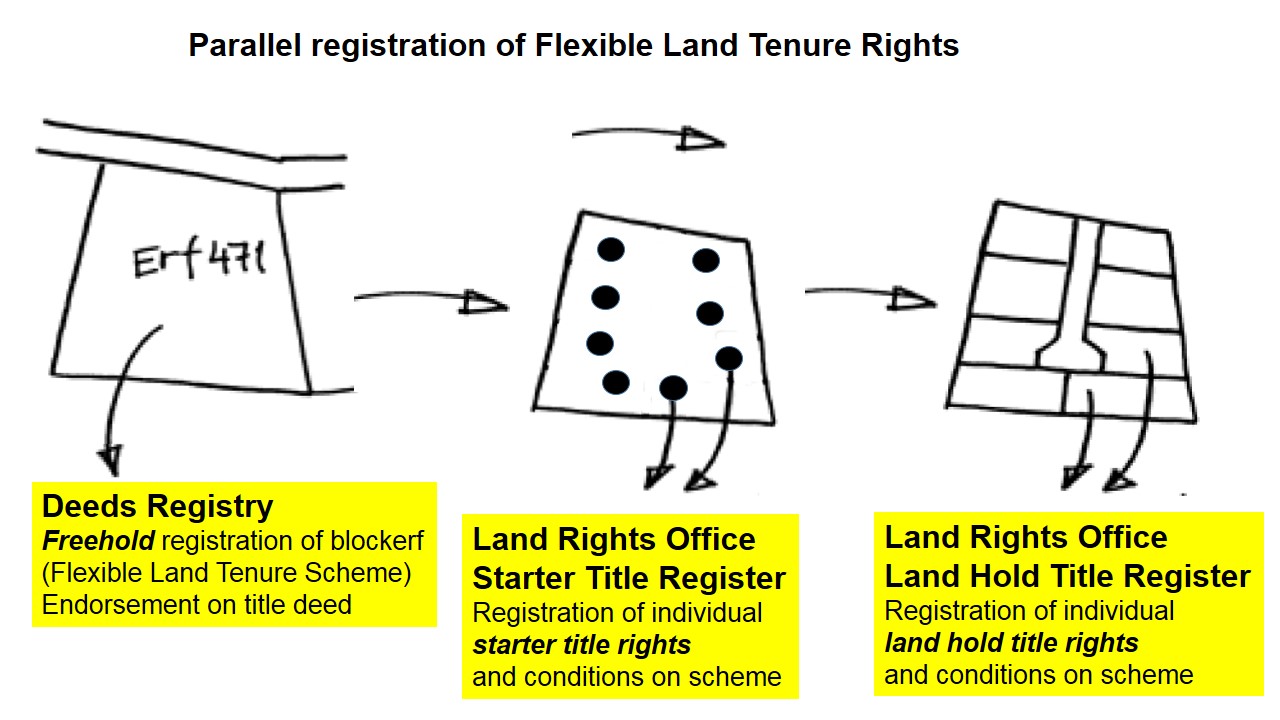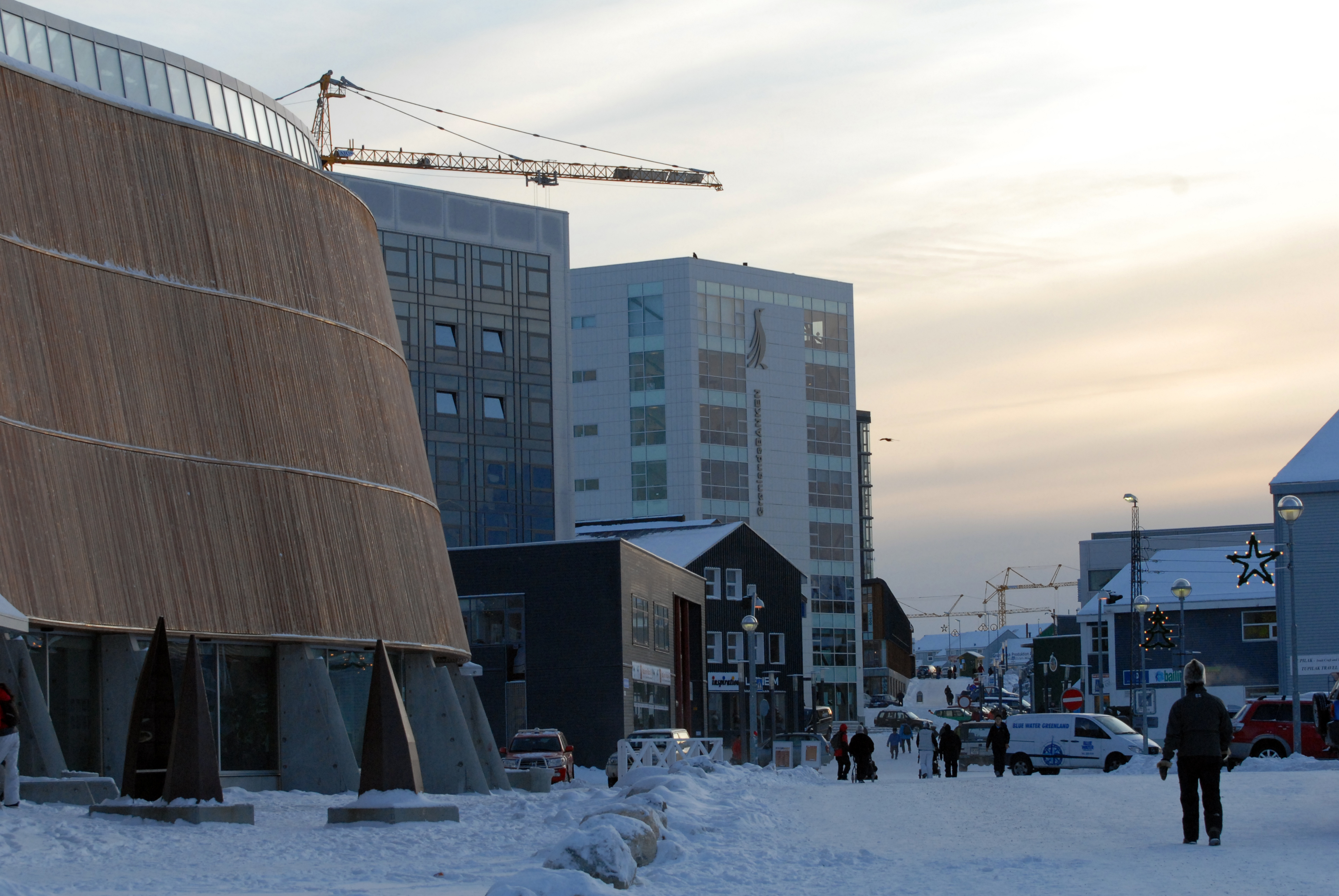|
House Of Reeves
House of Reeves is an independent family-run furniture store in Croydon, southern Greater London, England, founded in 1867. It is located in the Old Town area, and gives its name to Reeves Corner, a road intersection between Church Street and Roman Way, and so to Reeves Corner tram stop. The company came to widespread national public attention in August 2011, when one of its two adjacent buildings was destroyed in an arson attack during the 2011 England riots. Images of the furniture store on fire, with firefighters unable to tackle the blaze because police could not protect them, became symbolic of the violence that spread across the country during several days of rioting and looting. Despite this setback, the company is still trading. History The store was founded in 1867 as ''Ye Olde Curiositie Shoppe'' on Church Street – in the Old Town area of Croydon, next to the Elis David Almshouses, and close to Croydon Parish Church – by Edwin Reeves, a cooper from Sherborne, Dor ... [...More Info...] [...Related Items...] OR: [Wikipedia] [Google] [Baidu] |
Croydon
Croydon is a large town in south London, England, south of Charing Cross. Part of the London Borough of Croydon, a local government district of Greater London. It is one of the largest commercial districts in Greater London, with an extensive shopping district and night-time economy. The entire town had a population of 192,064 as of 2011, whilst the wider borough had a population of 384,837. Historically an ancient parish in the Wallington hundred of Surrey, at the time of the Norman conquest of England Croydon had a church, a mill, and around 365 inhabitants, as recorded in the Domesday Book of 1086. Croydon expanded in the Middle Ages as a market town and a centre for charcoal production, leather tanning and brewing. The Surrey Iron Railway from Croydon to Wandsworth opened in 1803 and was an early public railway. Later 19th century railway building facilitated Croydon's growth as a commuter town for London. By the early 20th century, Croydon was an important industria ... [...More Info...] [...Related Items...] OR: [Wikipedia] [Google] [Baidu] |
Reeves Corner Sign
Reeves may refer to: People * Reeves (surname) * B. Reeves Eason (1886–1956), American director, actor and screenwriter * Reeves Nelson (born 1991), American basketball player Places ;Ireland * Reeves, County Kildare, townland in County Kildare ;United States * Reeves, Georgia, unincorporated community * Reeves, Louisiana, village in Allen Parish * Reeves County, Texas Companies and institutions * House of Reeves, furniture store in Croydon, London, England *Reeves and Sons, English artists' materials firm *Reeves College, college in Alberta, Canada *Reeves Instrument Corporation (RICO), Cold War manufacturer of computer and radar systems for the United States * Reeves Pulley Company, transmission and engine manufacturer in Columbus, Indiana founded by Milton Reeves Ships * USS ''Reeves'' (DE-94), ''Buckley''-class destroyer escort delivered to the Royal Navy as * , ''Buckley''-class destroyer escort launched 1943 * , ''Leahy''-class destroyer leader launched 1962 S ... [...More Info...] [...Related Items...] OR: [Wikipedia] [Google] [Baidu] |
Arson
Arson is the crime of willfully and deliberately setting fire to or charring property. Although the act of arson typically involves buildings, the term can also refer to the intentional burning of other things, such as motor vehicles, watercraft, or forests. The crime is typically classified as a felony, with instances involving a greater degree of risk to human life or property carrying a stricter penalty. Arson which results in death can be further prosecuted as manslaughter or murder. A common motive for arson is to commit insurance fraud. In such cases, a person destroys their own property by burning it and then lies about the cause in order to collect against their insurance policy. A person who commits arson is referred to as an arsonist, or a serial arsonist if arson has been committed several times. Arsonists normally use an accelerant (such as gasoline or kerosene) to ignite, propel and directionalize fires, and the detection and identification of ignitable liqui ... [...More Info...] [...Related Items...] OR: [Wikipedia] [Google] [Baidu] |
Plateway
A plateway is an early kind of railway, tramway or wagonway, where the rails are made from cast iron. They were mainly used for about 50 years up to 1830, though some continued later. Plateways consisted of "L"-shaped rails, where the flange on the rail guides the wheels, in contrast to edgeways, where flanges on the wheels guide them along the track. Plateways were originally horsedrawn but, later on, cable haulage and small locomotives were sometimes used. The plates of the plateway were made of cast iron, often fabricated by the ironworks that were their users. On most lines, that system was replaced by rolled wrought iron (and later steel) "edge rails" which, along with realignment to increase the radius of curves, converted them into modern railways, better suited to locomotive operation. Plateways were particularly favoured in South Wales and the Forest of Dean, in some cases replacing existing edge rails. Other notable plateways included the Hay Railway, the Glouces ... [...More Info...] [...Related Items...] OR: [Wikipedia] [Google] [Baidu] |
Surrey Iron Railway
The Surrey Iron Railway (SIR) was a horse-drawn plateway that linked Wandsworth and Croydon via Mitcham, all then in Surrey but now suburbs of south London, in England. It was established by Act of Parliament in 1801, and opened partly in 1802 and partly in 1803. It was a toll railway on which carriers used horse traction. The chief goods transported were coal, building materials, lime, manure, corn and seeds. The first to Croydon opened on 26 July 1803, with a branch line off from Mitcham to Hackbridge. The Croydon, Merstham and Godstone Railway was built as an extension of the railway but by a separate company. It opened in 1805 and closed in 1838. The Surrey Iron Railway was commercially successful only briefly, until shortly after the opening of the canal between Croydon and London in 1809. It closed in 1846. Origins By the end of the eighteenth century, a number of short plateways, such as those to the Caldon Low quarries and the Little Eaton Gangway, had been built. T ... [...More Info...] [...Related Items...] OR: [Wikipedia] [Google] [Baidu] |
Croydon Natural History And Scientific Society
The Croydon Natural History & Scientific Society (CNHSS) is a cultural society based in Croydon, south London, that concerns itself with the local history, archaeology, natural history and geology of the London Borough of Croydon and adjacent areas. It was founded in 1870; and is a registered charity (no 260739). History The society was founded as the Croydon Microscopical Club in 1870. It changed its name in 1877 to the Croydon Microscopical and Natural History Club; and again in 1902 to the present Croydon Natural History & Scientific Society. It was incorporated as a company in 1967; and was registered as a charity in 1970. Activities The society holds a regular programme of lecture meetings, field meetings and excursions. It maintains a library and a museum, and publishes a journal. Sections Informal sections of the society include the Ornithology Group and the Entomology Section. Publications Since its foundation, the society has published a regular journal, titled ''Pro ... [...More Info...] [...Related Items...] OR: [Wikipedia] [Google] [Baidu] |
Land Tenure
In common law systems, land tenure, from the French verb "tenir" means "to hold", is the legal regime in which land owned by an individual is possessed by someone else who is said to "hold" the land, based on an agreement between both individuals. It determines who can use land, for how long and under what conditions. Tenure may be based both on official laws and policies, and on informal local customs (insofar higher law does allow that). In other words, land tenure implies a system according to which land is held by an individual or the actual tiller of the land but this person does not have legal ownership. It determines the holder's rights and responsibilities in connection with their holding. The sovereign monarch, known in England as The Crown, held land in its own right. All land holders are either its tenants or sub-tenants. ''Tenure'' signifies a legal relationship between tenant and lord, arranging the duties and rights of tenant and lord in relationship to the land. Ov ... [...More Info...] [...Related Items...] OR: [Wikipedia] [Google] [Baidu] |
Self-governance
__NOTOC__ Self-governance, self-government, or self-rule is the ability of a person or group to exercise all necessary functions of regulation without intervention from an external authority. It may refer to personal conduct or to any form of institution, such as family units, social groups, affinity groups, legal bodies, industry bodies, religions, and political entities of various degree. Self-governance is closely related to various philosophical and socio-political concepts such as autonomy, independence, self-control, self-discipline, and sovereignty. In the context of nation states, self-governance is called national sovereignty which is an important concept in international law. In the context of administrative division, a self-governing territory is called an autonomous region. Self-governance is also associated with political contexts in which a population or demographic becomes independent from colonial rule, absolute government, absolute monarchy or any governmen ... [...More Info...] [...Related Items...] OR: [Wikipedia] [Google] [Baidu] |
Boundary Marker
A boundary marker, border marker, boundary stone, or border stone is a robust physical marker that identifies the start of a land boundary or the change in a boundary, especially a change in direction of a boundary. There are several other types of named border markers, known as boundary trees, pillars, monuments, obelisks, and corners. Border markers can also be markers through which a border line runs in a straight line to determine that border. They can also be the markers from which a border marker has been fixed. Purpose According to Josiah Ober, boundary markers are "a way of imposing human, cultural, social meanings upon a once-undifferentiated natural environment." Boundary markers are linked to social hierarchies, since they derive their meaning from the authority of a person or group to declare the limits of a given space of land for political, social or religious reasons. Ober notes that "determining who can use parcels of arable land and for what purpose, has imme ... [...More Info...] [...Related Items...] OR: [Wikipedia] [Google] [Baidu] |
Early Modern Britain
Early modern Britain is the history of the island of Great Britain roughly corresponding to the 16th, 17th and 18th centuries. Major historical events in early modern British history include numerous wars, especially with France, along with the English Renaissance, the English Reformation and Scottish Reformation, the English Civil War, the Restoration of Charles II, the Glorious Revolution, the Treaty of Union, the Scottish Enlightenment and the formation and the collapse of the First British Empire. England during the Tudor period (1486–1603) English Renaissance The term, "English Renaissance" is used by many historians to refer to a cultural movement in England in the 16th and 17th centuries that was heavily influenced by the Italian Renaissance. This movement is characterised by the flowering of English music (particularly the English adoption and development of the madrigal), notable achievements in drama (by William Shakespeare, Christopher Marlowe, and Ben Jon ... [...More Info...] [...Related Items...] OR: [Wikipedia] [Google] [Baidu] |
Middle Ages
In the history of Europe, the Middle Ages or medieval period lasted approximately from the late 5th to the late 15th centuries, similar to the post-classical period of global history. It began with the fall of the Western Roman Empire and transitioned into the Renaissance and the Age of Discovery. The Middle Ages is the middle period of the three traditional divisions of Western history: classical antiquity, the medieval period, and the modern period. The medieval period is itself subdivided into the Early, High, and Late Middle Ages. Population decline, counterurbanisation, the collapse of centralized authority, invasions, and mass migrations of tribes, which had begun in late antiquity, continued into the Early Middle Ages. The large-scale movements of the Migration Period, including various Germanic peoples, formed new kingdoms in what remained of the Western Roman Empire. In the 7th century, North Africa and the Middle East—most recently part of the Eastern Ro ... [...More Info...] [...Related Items...] OR: [Wikipedia] [Google] [Baidu] |
Rotary International
Rotary International is one of the largest service organizations in the world. Its stated mission is to "provide service to others, promote integrity, and advance world understanding, goodwill, and peace through hefellowship of business, professional, and community leaders". It is a non-political and non-religious organization. Membership is by invitation and based on various social factors. There are over 46,000 member clubs worldwide, with a membership of 1.4 million individuals, known as Rotarians. History The first years of the Rotary Club The first Rotary Club was formed when attorney Paul P. Harris called together a meeting of three business acquaintances in downtown Chicago, United States, at Harris's friend Gustave Loehr's office in the Unity Building on Dearborn Street on February 23, 1905. In addition to Harris and Loehr (a mining engineer and freemason), Silvester Schiele (a coal merchant), and Hiram E. Shorey (a tailor) were the other two who attended this ... [...More Info...] [...Related Items...] OR: [Wikipedia] [Google] [Baidu] |









